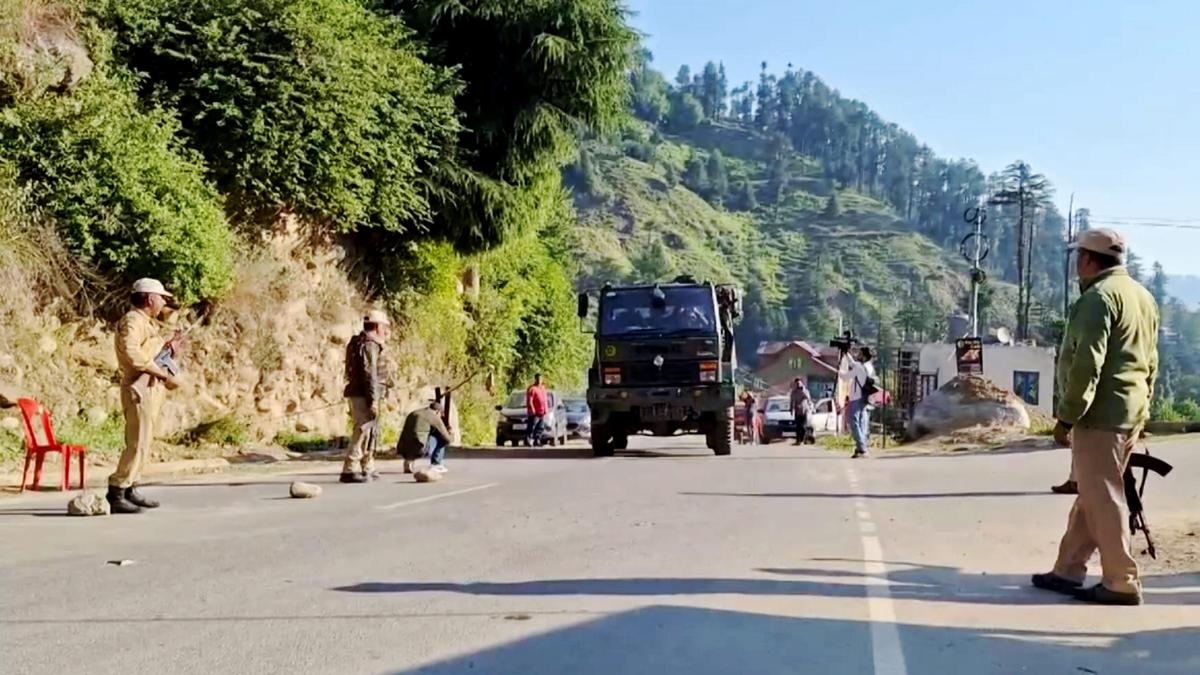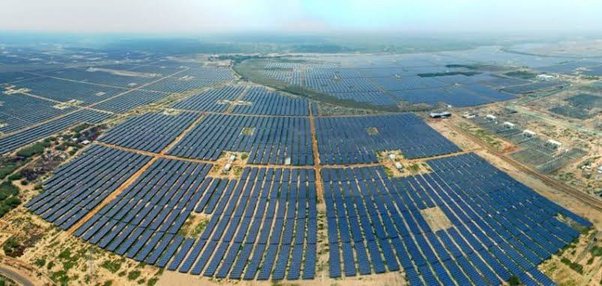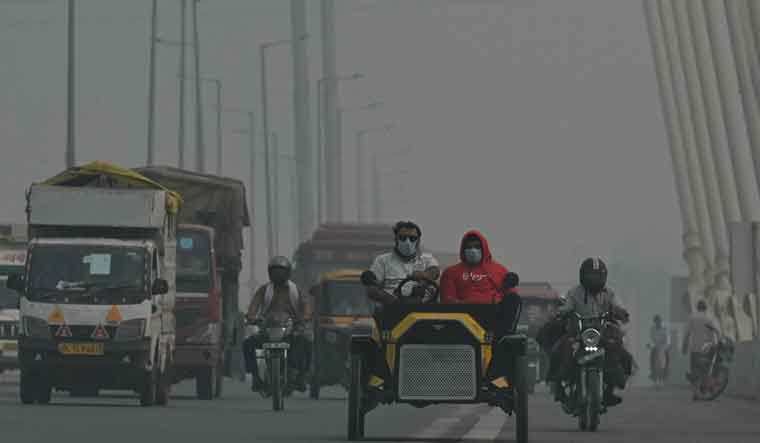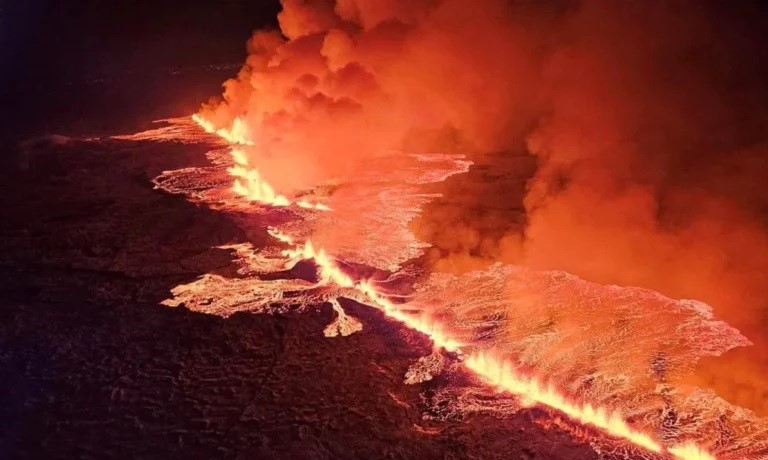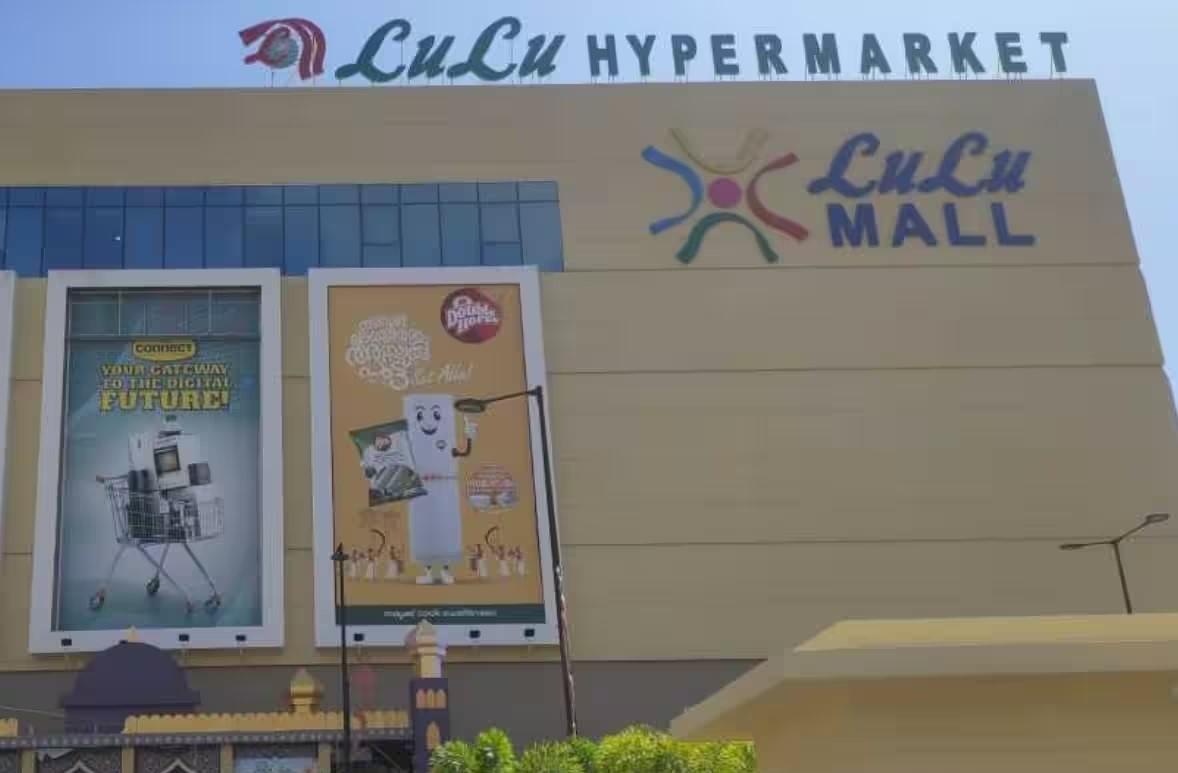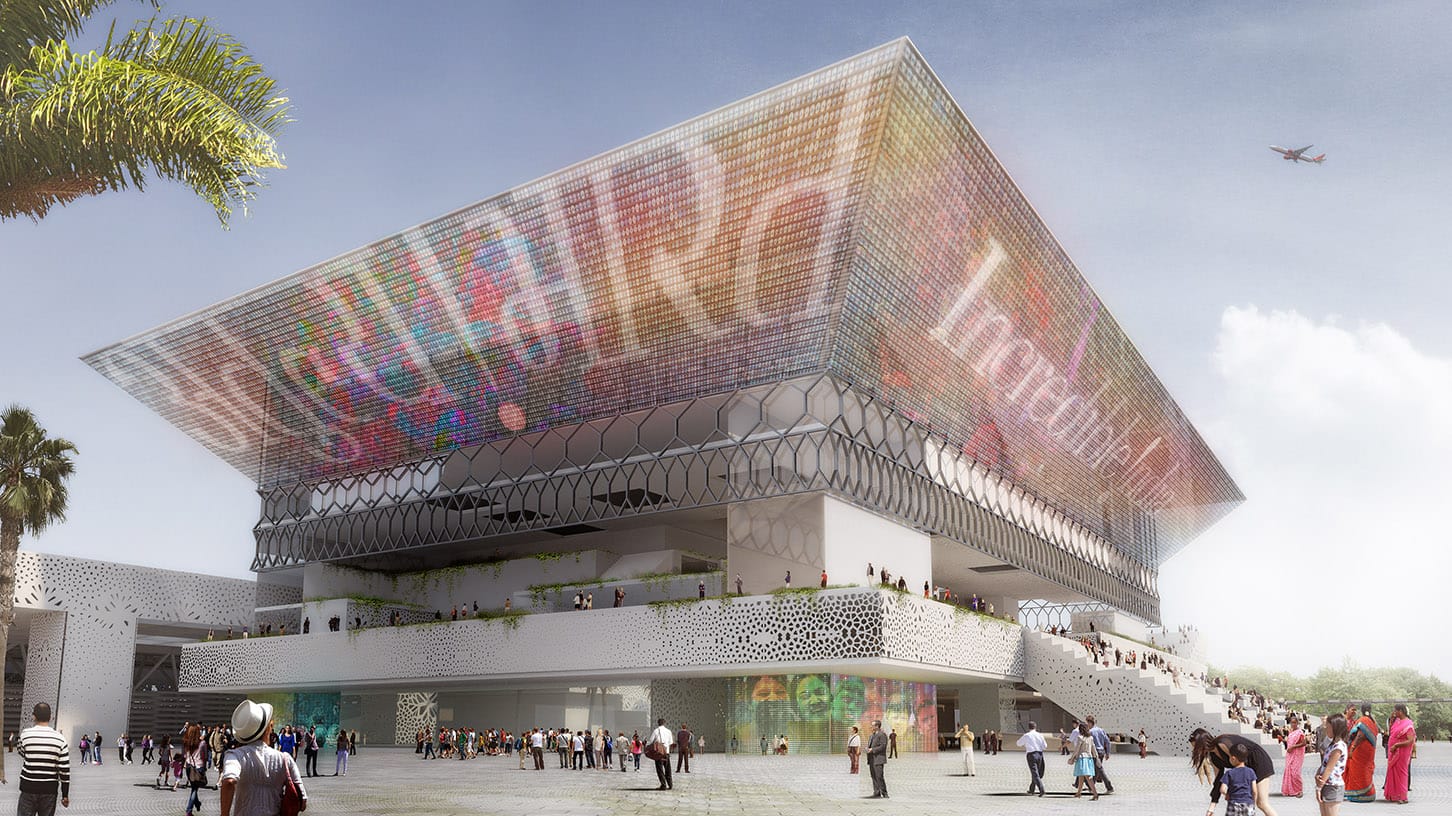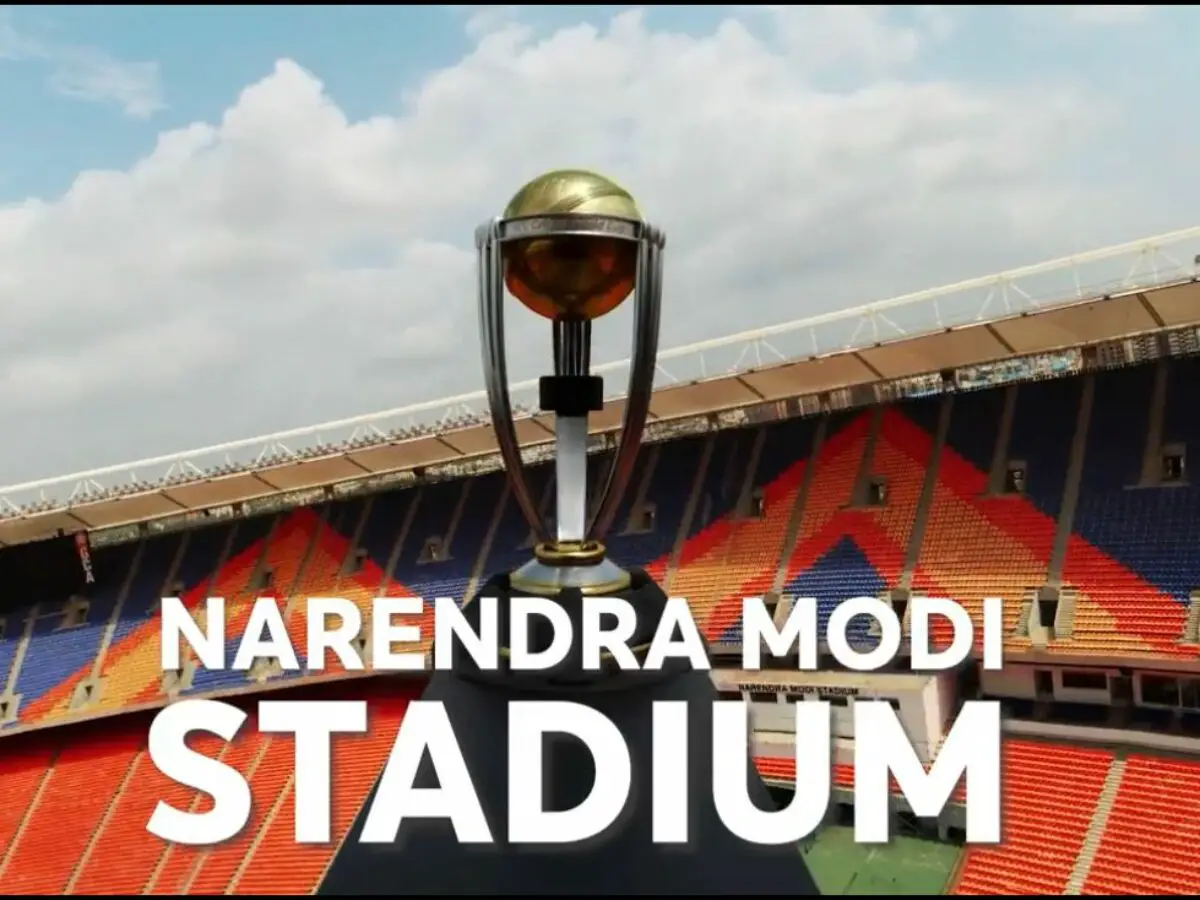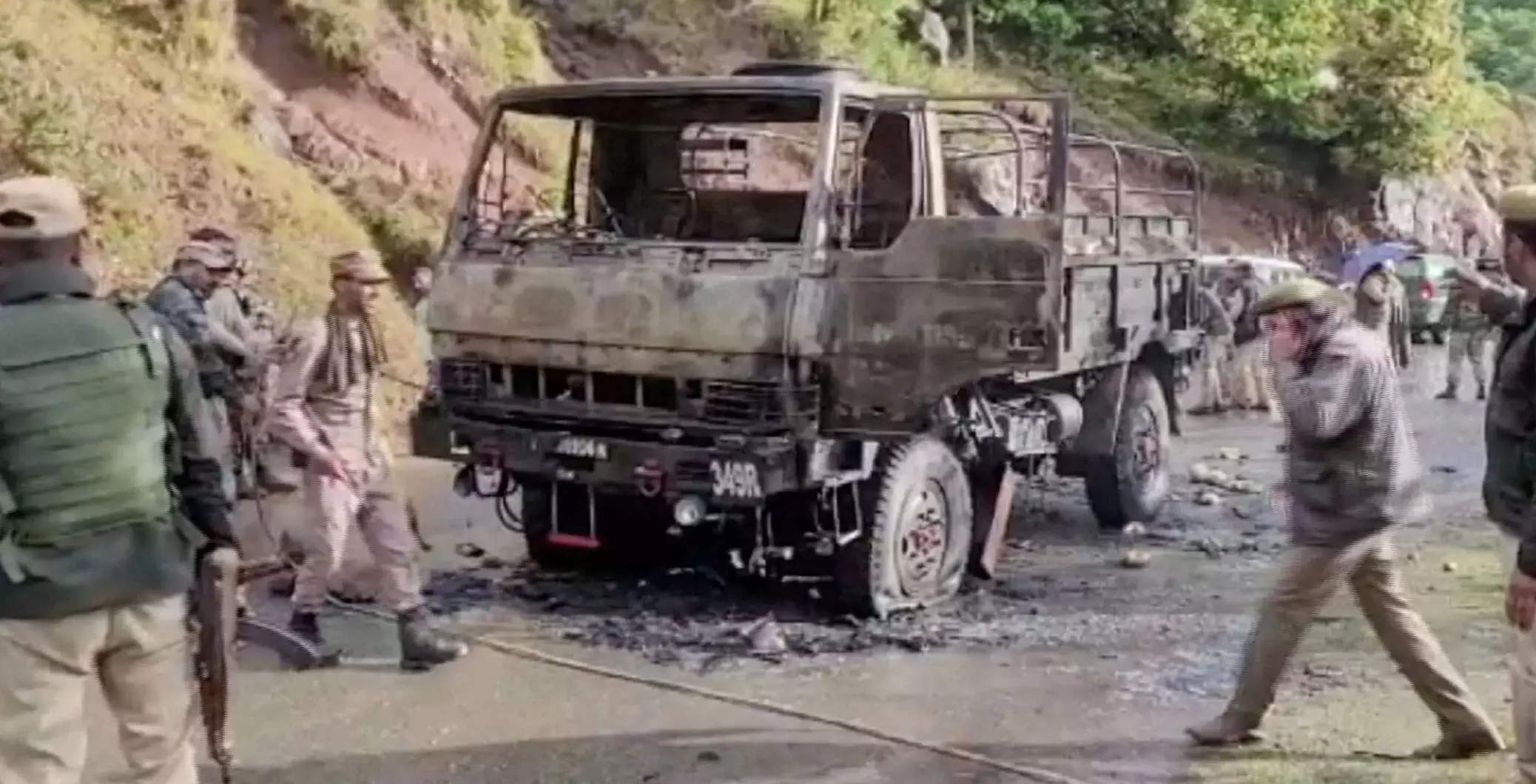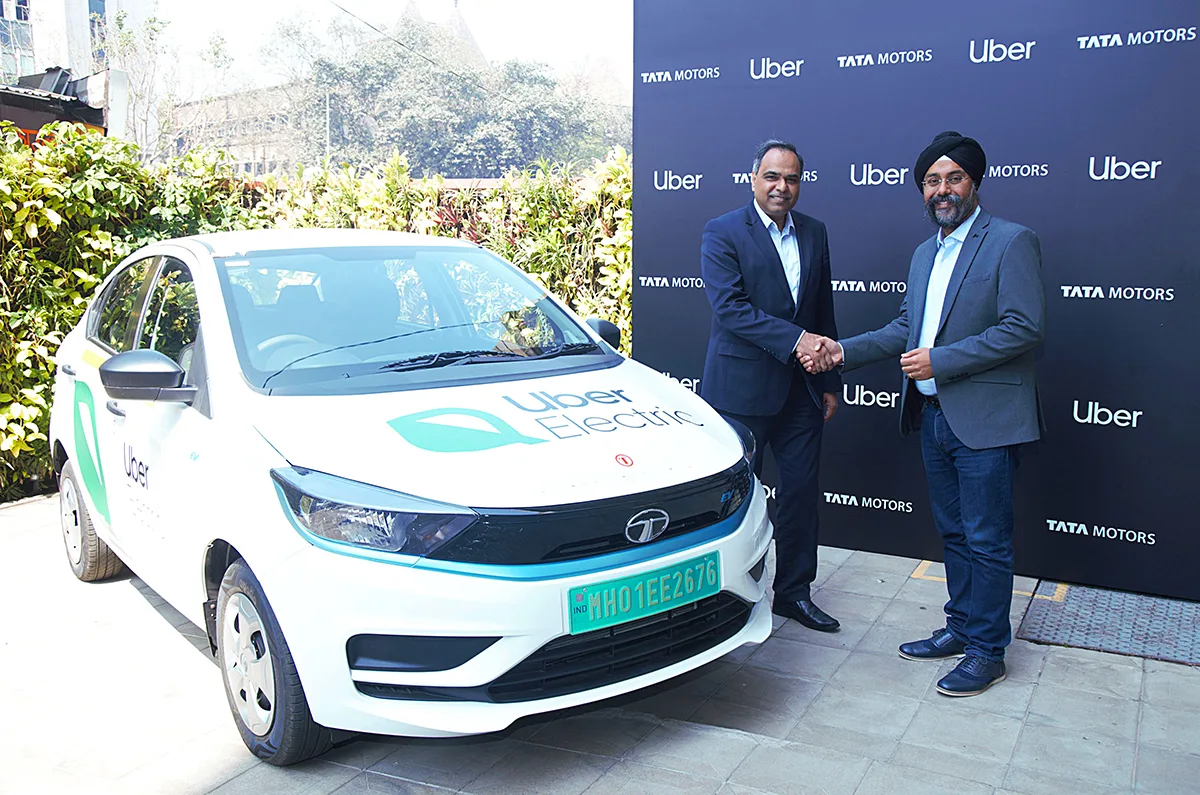
The Dwarka Expressway was being built with an eight-lane elevated road and six lanes at grade despite there being enough right of way available with the National Highways Authority of India (NHAI) for all 14 lanes to be built at grade, according to the auditor’s report. This resulted in a very high per km civil cost of 250.77 crore.
With the Dwarka Expressway, NH-48 between Delhi and Gurugram would be less congested. In contrast to the approved per kilometer cost of 18.20 crore, the 14-lane national highway that would run parallel to the existing NH-48 is being built for a cost of 250.77 crore.
The Dwarka Expressway was divided into four projects by the Ministry of Road Transport and Highways of India (MoRTH) to give them priority. These four projects would be built at a civil cost of 7,287.29 crore, as approved by NHAI. As of March 31, 2023, these projects had made physical progress in the range of 60.50% to 99.25%.
While the Haryana Government gave the NHAI a 90-meter right of way at no expense, the audit found that up to 70–75 meters of right of way were needed to build a 14-lane national highway at grade.

“However, for no reasons on record, the project highway in the Haryana region, where its length was 19 km, was planned with eight-lane elevated main carriageway and six lanes at grade road when NHAI already had 90 meter right of way and the same was sufficient for building 14 lane at grade national highway,” the CAG says.
According to the auditor, this project, built in the EPC mode, had a sanctioned civil construction cost of 7,287.29 crore, or 250.77 crore per km, as opposed to the per-km civil construction cost of 18.20 crore approved by the Cabinet Committee on Economic Affairs (CCEA), due to the project’s massive structures.
According to the CAG, building underpasses or flyovers at the intersection of the at-grade highway might have been a more practical choice than elevating the entire eight-lane main road.
“At one location where the main carriageway was at grade, suitable underpass was being constructed to avoid traffic congestion. This could have mitigated the huge cost of building the whole stretch in Haryana region as elevated portion,” It continues by stating that the highway ministry did not dispute the audit’s finding that a 14-lane national highway could have been constructed at grade if a 90-meter right of way had been made available.
“As per feasibility report, average daily traffic of 55,432 passenger vehicles, besides freight vehicles, (2018) was travelling beyond Gurugram for larger distances and this traffic was to be shared between National Highway 48 and the eight lane elevated main carriageway of Dwarka Expressway. There was no justification on record for planning/construction of eight lanes (elevated lanes) for average daily traffic of 55,432 passenger vehicles, besides freight vehicles, whereas only six lanes (at grade lanes) were planned/constructed for average annual daily traffic of 2,32,959 passenger vehicles, besides freight vehicles,” the auditor says.
The Dwarka Expressway’s proposed toll prices and toll collection system, according to the CAG, could make it more difficult to recoup the project’s capital costs and impose an excessive financial burden on commuters traveling between Delhi and Gurgaon.
Due to the high per-kilometer civil costs for the Dwarka Expressway and the project’s structure-intensive nature, management arrived at a toll rate of 290 rupees ($290) per car, per trip, in accordance with the applicable regulations, as opposed to the 60 rupees ($60) per car that is currently levied at the Kherki Daula on NH-48 toll plaza.
“However, considering the rate to be very high, approved for tolling of Delhi-Gurugram section of NH-48, after buying back the concession from existing concessionaire of NH-48, and Dwarka Expressway (NH-248BB) as a combined loop through Intelligent Transit System for section actually used by the commuter at the toll rates of existing NH-48.” reports specify.
Further adding, “In this regard, Audit further observed that charging lower rate of toll, as decided by MoRTH, would not be in consonance with National Highway Fee Rules which prescribed higher toll rates for super structures like major and minor bridges as compared to linear road length because of the latter being less capital intensive. Also, charging of toll at low rates would be detrimental to recovery of the huge capital cost of Dwarka Expressway.”
“On the other hand, charging of high toll rates, in order to cover high cost of this project, would again be detrimental to recovery of huge capital cost of the Dwarka Expressway due to diversion of traffic to non-tollable roads lying in its vicinity,” the reports says.


























































